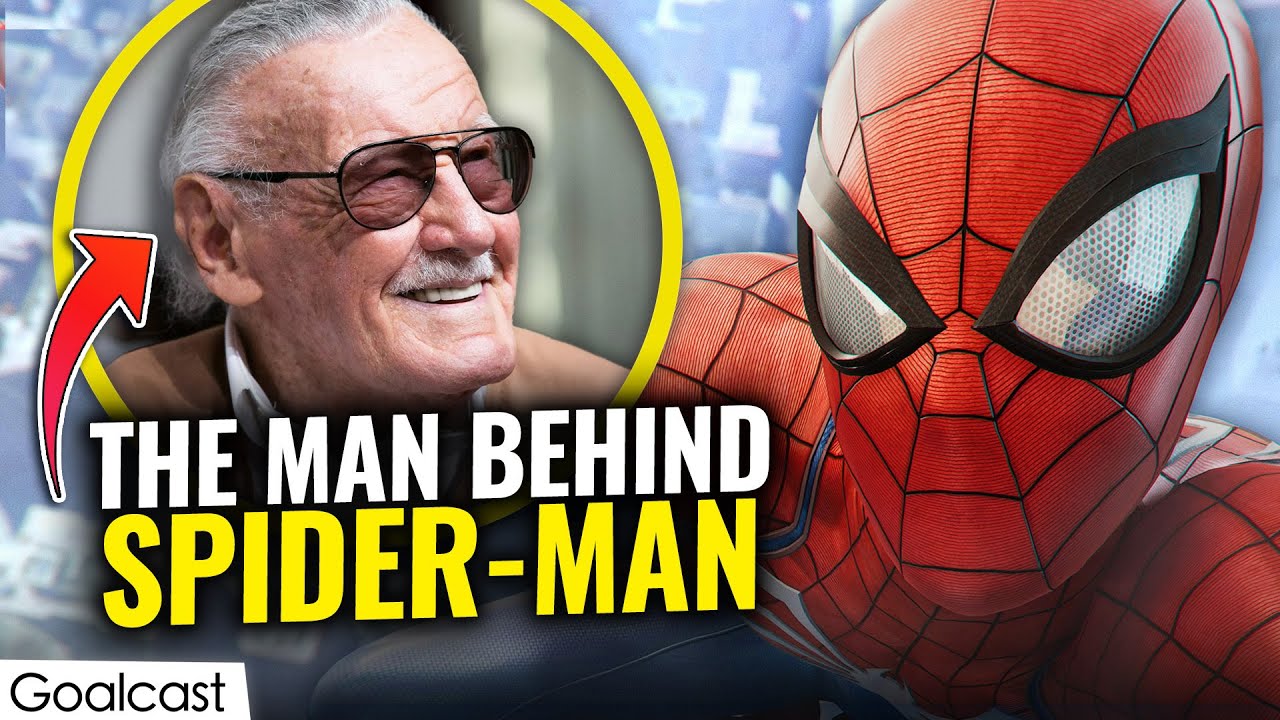While K-pop continues its phenomenal growth and more people attend live performances than ever before, one issue remains unchanged from a decade ago — the chronic shortage of concert venues.
“Finding a venue is like finding a needle in a haystack,” said an official from a music festival organizing agency. The official added that many performances that were originally scheduled for December to target the year-end are being pushed to January due to the shortage of venues.
Another industry insider also commented on the severe shortage of performance venues. “It is true that Seoul lacks big concert venues. While international artists often prefer larger venues, they have no choice but to perform in smaller, available spaces to fit their schedules.”
The Music Concert Industry Association of Korea, established in March 2021 by 46 entertainment agencies and concert planning companies, announced last week it has launched a petition drive to address the shortage of performance venues in Seoul.
The petition aims to pressure the government and the city of Seoul to establish temporary concert venues in the metropolitan area. The association proposes the creation of an integrated task force involving the government, city, sports industry and cultural sector to come up with solutions to the venue shortage issue.

Are there really no large-scale concert venues in Korea?
One of Seoul’s most prominent large-scale venues, Jamsil Olympic Stadium – which can accommodate up to some 60,000 people – will not be able to function as a concert hall for the next few years. Starting in 2027, it will serve as an alternative venue for Jamsil Baseball Stadium, which is set to undergo expansion until 2031.
Seoul World Cup Stadium in Sangam-dong, northwestern Seoul, which can hold up to 66,000 people, is primarily a dedicated soccer stadium, making it difficult to secure for concerts. Only a few artists, such as Lim Young-woong, Seventeen and IU, have managed to book the venue. Even when successful, they have faced criticism over potential damage to the soccer field.
Other frequently used venues include the 15,000-seat KSPO Dome, originally a gymnastics venue for the 1988 Seoul Olympics, and the 20,000-seat Gocheok Sky Dome, Korea’s first enclosed dome baseball stadium. The Olympic Hall, a popular music-specific concert venue located in Olympic Park in eastern Seoul, has only 3,000 seats, while the adjacent SK Handball Gymnasium can accommodate up to 5,000 people.
In comparison to Japan, which has five venues with over 30,000 seats and more than 40 venues with more than 10,000 seats, Korea’s concert venue infrastructure falls far short in both size and number.
The emergence of global idol groups and popular trot singers has resulted in massive fan bases that can fill large concert venues, but the growing demand for more venues has been unmet. This lack of large concert venues has led to some top international artists — including Taylor Swift — to skip South Korea on their world tours.
Additionally, since most large concert venues here are primarily sports facilities, government and sporting events are given priority, leaving very few dates available for concerts.
“The size of the venue is a measure of an artist’s capability, but right now, Korean artists have no way to gauge their popularity beyond the 18,000-seat KSPO Dome,” the insider explained.
“It would be great if there were venues for artists who attract between 20,000 and 50,000 fans,” the insider further noted, pointing out the lack of a venue between the 18,000-capacity KSPO Dome and 60,000-capacity World Cup Stadium.
The official added that using a sports facility as a concert venue requires significant preparation and investment.

“I understand that some sports stadiums overseas are designed to be easily converted into concert venues, with features like reversible surfaces to protect the turf and better sound equipment. However, since we perform in sports stadiums that weren’t built with these considerations in mind, the cost of preparing for a concert is much higher.”
Is construction the solution?
Meanwhile, some argue that building large-scale venues is not the only solution.
Pop music critic Lim Hee-yun pointed out that while the demand for concerts has indeed increased, the key question is whether this demand will be sustained in the future.
“It is true that there has been a significant rise in the number of festivals, concerts and international artists’ tours, leading to a shortage of venues. However, constructing new venues requires substantial budget and given the uncertainty about future demand, careful consideration is necessary,” Lim said.
Lim referred to the recently failed K-Culture Valley project in Goyang, Gyeonggi Province, highlighting the risks associated with large-scale venue projects. The K-Culture Valley project aimed to build a cutting-edge large-scale concert hall and studio on a 237,000-square-meter lot, approximately the size of 46 soccer fields, in Goyang, just outside Seoul. However, CJ LiveCity, the project developer, halted construction in April 2023 and its contract with Gyeonggi Province was terminated in July of this year, effectively ending the project.

“As K-pop grew explosively, there were numerous plans for arena venues. Local governments showed interest and invested in these projects. But we have started to see cases where these plans fizzled out. Ultimately, the most feasible option is to make use of existing venues,” Lim assessed.
Ilsan’s Kintex and the Goyang Sports Complex are examples of existing venues being used for concerts. One of the most prominent venues, KSPO Dome, initially criticized for its inadequate sound system, has become a more fitting venue after remodeling and various improvements. This suggests that developing and enhancing existing facilities could also be a viable solution.
Lim further emphasized the need to consider multipurpose spaces, noting that many overseas venues serve both as concert halls and sports facilities. “Wembley Stadium in London is used both as a soccer stadium and a concert venue, and SoFi Stadium in LA serves as an NFL stadium and a concert venue. Globally iconic venues often have multipurpose functions, combining sports events with concerts.”





